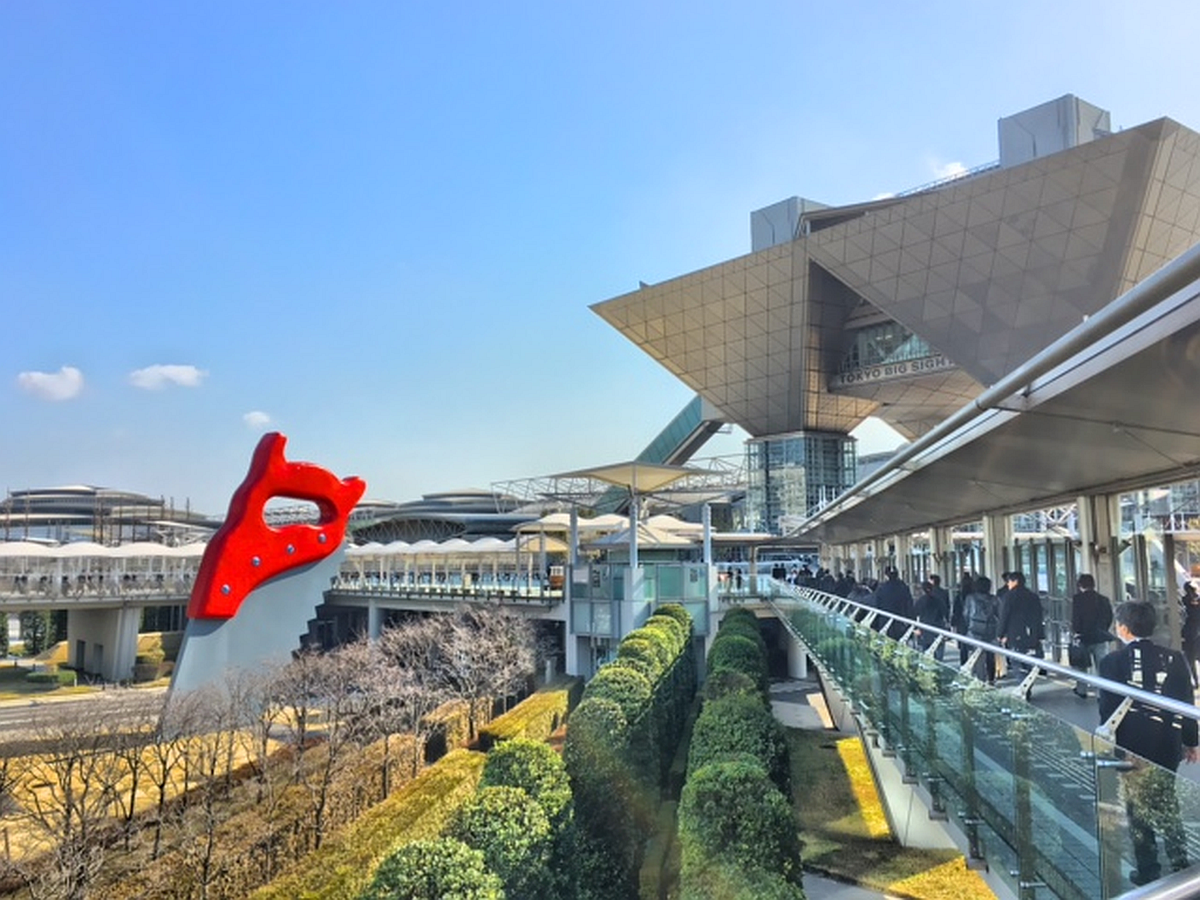DNA origami nanostructures are widely employed in various areas of fundamental and applied research. Due to the tremendous success of the DNA origami technique in the academic field, considerable efforts currently aim at the translation of this technology from a laboratory setting to real-world applications, such as nanoelectronics, drug delivery, and biosensing. While many of these real-world applications rely on an intact DNA origami shape, they often also subject the DNA origami nanostructures to rather harsh and potentially damaging environmental and processing conditions.*
In their article “Effect of Staple Age on DNA Origami Nanostructure Assembly and Stability” Charlotte Kielar, Yang Xin, Xiaodan Xu, Siqi Zhu, Nelli Gorin , Guido Grundmeier, Christin Möser, David M. Smith and Adrian Keller investigate the effect of long-term storage of the employed staple strands on DNA origami assembly and stability.*
Atomic force microscopy (AFM) under liquid and dry conditions was employed to characterize the structural integrity of Rothemund triangles assembled from different staple sets that have been stored at −20 °C for up to 43 months.*
NanoWorld Ultra-Short Cantilevers USC-F0.3-k0.3 were the AFM probes that were used for the AFM measurements under liquid conditions.*

(a) Schematic illustration of the Rothemund triangle DNA origami. AFM images of DNA origami triangles assembled from staple sets aged for (b) 2–7 months, (c) 11–16 months, (d) 22–27 months, and (e) 38–43 months. Measurements were performed either in liquid (left column) or dry conditions after gently dipping the sample into water (central column) or after harsh rinsing (right column). Scale bars represent 250 nm. Height scales are given in the individual images. The insets show zooms of individual DNA origami triangles.
*Charlotte
Kielar, Yang Xin, Xiaodan Xu, Siqi Zhu, Nelli Gorin , Guido Grundmeier,
Christin Möser, David M. Smith and Adrian Keller
Effect of Staple Age on DNA Origami Nanostructure Assembly and Stability
Molecules 2019, 24(14), 2577
doi: https://doi.org/10.3390/molecules24142577
Please follow this external link to the full article: https://www.mdpi.com/1420-3049/24/14/2577/htm
Open Access: The article « Effect of Staple Age on DNA Origami Nanostructure Assembly and Stability » by Charlotte Kielar, Yang Xin, Xiaodan Xu, Siqi Zhu, Nelli Gorin , Guido Grundmeier, Christin Möser, David M. Smith and Adrian Keller is licensed under a Creative Commons Attribution 4.0 International License, which permits use, sharing, adaptation, distribution and reproduction in any medium or format, as long as you give appropriate credit to the original author(s) and the source, provide a link to the Creative Commons license, and indicate if changes were made. The images or other third party material in this article are included in the article’s Creative Commons license, unless indicated otherwise in a credit line to the material. If material is not included in the article’s Creative Commons license and your intended use is not permitted by statutory regulation or exceeds the permitted use, you will need to obtain permission directly from the copyright holder. To view a copy of this license, visit http://creativecommons.org/licenses/by/4.0/.

